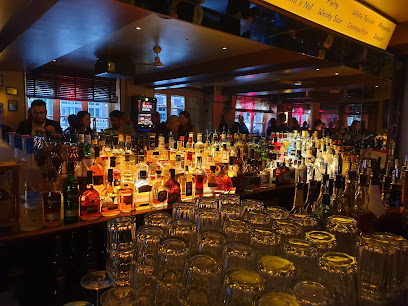
Mönckeberg Fountain: A Tribute in Stone and Bronze
Discover the Mönckeberg Fountain in Hamburg: a historic landmark honoring Mayor Mönckeberg, offering a tranquil escape amidst the city's vibrant shopping district and rich cultural tapestry.
The Mönckeberg Fountain, locally known as Mönckebergbrunnen, stands as a prominent landmark on Mönckebergstraße, Hamburg's bustling main shopping street. Dedicated to Johann Georg Mönckeberg, a revered former mayor, the fountain serves as both a tribute and a work of art. Its central pillar, adorned with a lion symbolizing Mönckeberg's nickname, is supported by a sea lion holding bronze figures of Adam and Eve. The fountain not only commemorates a significant figure in Hamburg's history but also provides a tranquil spot amidst the vibrant energy of the city center. It's a place to pause, admire the artistry, and reflect on Hamburg's rich heritage, making it a worthwhile stop for any visitor exploring the city.
A brief summary to Mönckeberg fountain
- Mönckebergstraße, Hamburg, Hamburg-Mitte, 20095, DE
Local tips
- Visit during off-peak hours to avoid crowds and fully appreciate the fountain's artistry and peaceful ambiance.
- Combine your visit with a stroll along Mönckebergstraße, exploring the diverse shops and enjoying the pedestrian-friendly atmosphere.
- Take a moment to observe the fountain's intricate details, including the lion, sea lion, and bronze figures, each with its own symbolic meaning.
Getting There
-
Public Transport
The Mönckeberg Fountain is easily accessible via Hamburg's efficient public transport system. From Hamburg Hauptbahnhof (main train station), exit towards Mönckebergstraße. The fountain is a short walk (approximately 5 minutes) along Mönckebergstraße in the direction of the Rathaus (City Hall). Alternatively, take the U-Bahn (subway) to stations such as Rathaus (U3 line) or Hauptbahnhof Süd (U1 and U3 lines), each within a few minutes' walk of the fountain. A single ride ticket within Hamburg's central zone costs around €1.80.
-
Walking
If you are already in Hamburg's city center, walking to the Mönckeberg Fountain is a pleasant option. From the Rathausmarkt (City Hall Square), simply walk east along Mönckebergstraße. The fountain is located approximately halfway down the street, at the intersection with Spitalerstraße and Gerhart-Hauptmann-Platz. The walk is flat and pedestrian-friendly, allowing you to enjoy the shops and sights along the way.
-
Taxi/Ride-Share
Taxis and ride-sharing services are readily available in Hamburg. A short taxi ride from Hamburg Hauptbahnhof to the Mönckeberg Fountain would typically cost between €8 and €12, depending on traffic. When using a ride-sharing service, specify 'Mönckebergbrunnen' as your destination.
-
Parking
Parking near the Mönckeberg Fountain is limited and can be expensive. Several parking garages are located within walking distance, including the Q-Park City-Parkhaus in Gertrudenstraße. Hourly parking rates in these garages typically range from €3 to €5, with daily maximums around €25. Due to the central location and popularity of the area, parking availability can be limited, especially during peak shopping hours.
Discover more about Mönckeberg fountain
Iconic landmarks you can’t miss
Hulbe house
0.2 km
Discover the Hulbe House in Hamburg: A stunning example of Dutch Renaissance architecture, built in 1910, showcasing intricate details and a rich history on Mönckebergstraße.
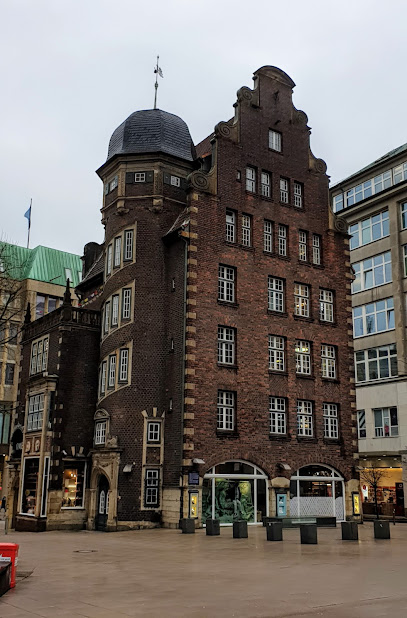
Archaeoscope Hammaburg
0.3 km
Journey back to the 9th century at the Archaeoscope Hammaburg, where virtual reality unveils the origins of Hamburg on the historic Domplatz, the site of the Hammaburg fortress.
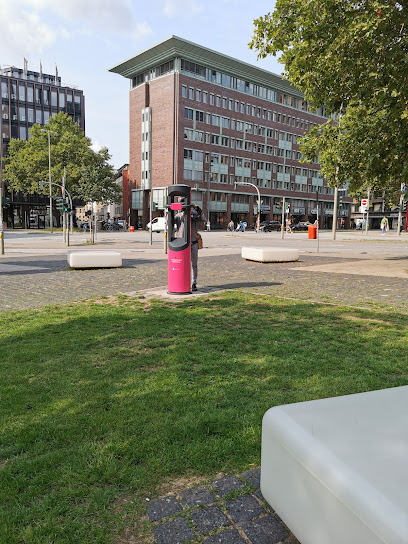
Otto Liss Gedenktafel
0.5 km
A poignant memorial in Hamburg honoring Otto Liss, a worker who died building the U-Bahn, serving as a reminder of the human cost of progress and the city's history.

Hygieia Fountain
0.6 km
Discover the Hygieia Fountain in Hamburg's City Hall: a symbol of resilience and a tribute to the city's triumph over the cholera epidemic of 1892, embodying Hamburg's enduring spirit.
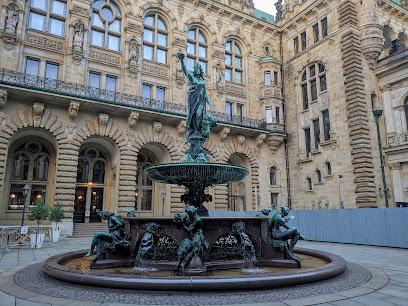
Kornhausbrücke
0.6 km
Cross the historic Kornhausbrücke in Hamburg's HafenCity, connecting the Speicherstadt with stunning views of the Zollkanal, offering a glimpse into the city's maritime past.
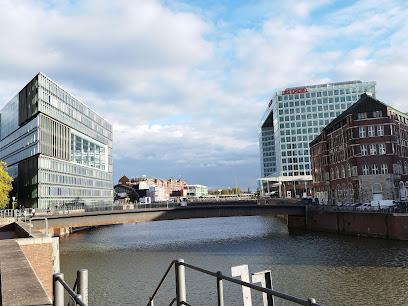
Alte Post
0.7 km
Explore the Alte Post in Hamburg: a historic landmark blending stunning architecture with a vibrant shopping experience in the heart of the city's Passagenviertel.
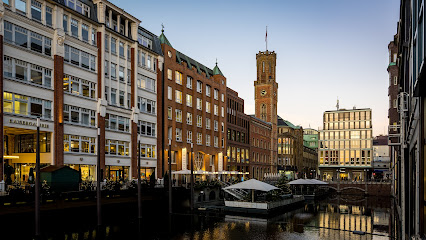
Skulptur
0.7 km
Discover Hamburg's artistic side with this intriguing sculpture, a hidden gem in the heart of the city offering a moment of reflection and contemplation.
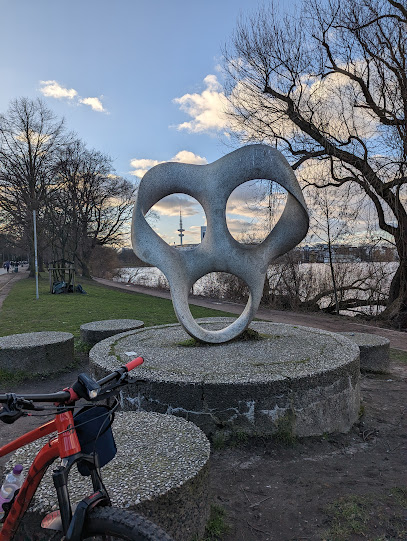
St. Nikolai Museum
0.7 km
Explore the ruins of St. Nikolai, a WWII memorial in Hamburg, offering panoramic city views, a poignant museum, and a carillon, fostering remembrance and reflection.
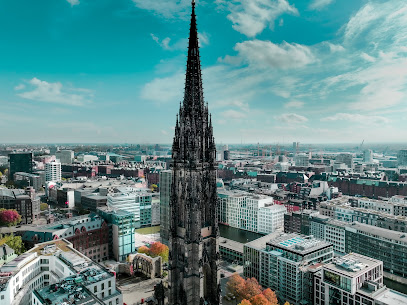
Bleichensteg
0.7 km
Explore the enchanting Bleichensteg in Hamburg - a picturesque blend of history, culture, and scenic beauty waiting to be discovered.
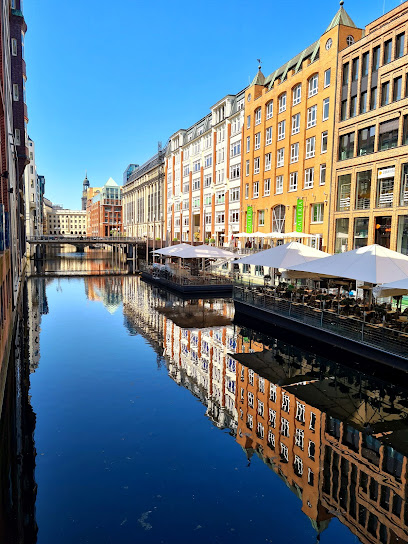
St. Nikolai Memorial
0.8 km
Explore the haunting beauty of Hamburg's St. Nikolai Memorial, a poignant reminder of World War II and a symbol of the city's enduring spirit, offering panoramic views and historical insights.
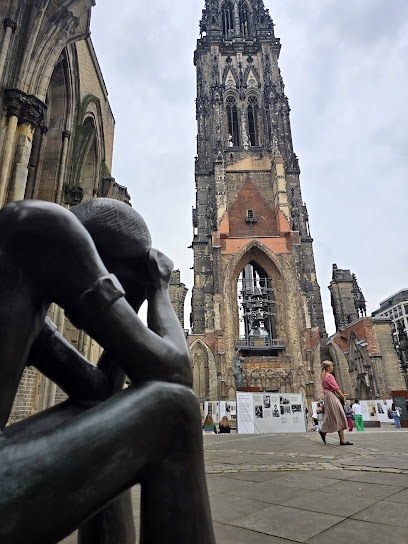
Mönkedamm channel
0.9 km
Discover the tranquil Mönkedamm Channel in Hamburg-Mitte: a picturesque escape offering serene waters, lush greenery, and a blend of history, culture, and recreational activities for an unforgettable experience.
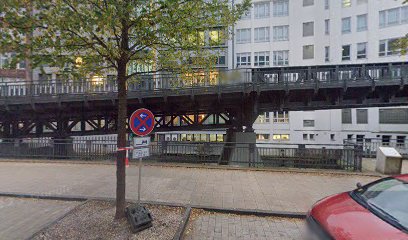
International Maritime Museum
0.9 km
Explore 3,000 years of seafaring history at Hamburg's International Maritime Museum, home to a vast collection of ships, artifacts, and interactive exhibits in a historic HafenCity warehouse.
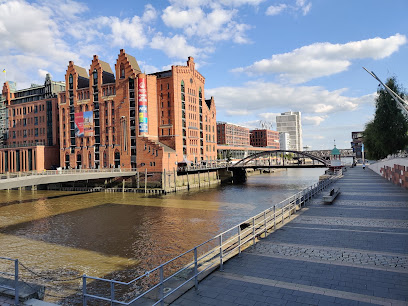
Kleines Leuchtfeuer
0.9 km
Discover the charm of Hamburg's maritime past at the Kleines Leuchtfeuer on Störtebeker Ufer, a picturesque landmark offering stunning waterfront views in the heart of HafenCity.
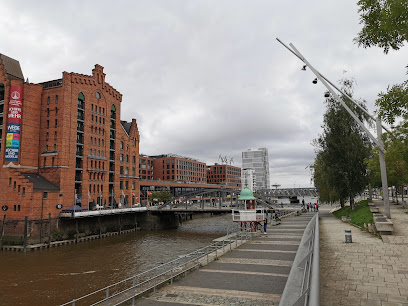
Kibbelstegbrücke
0.9 km
Cross the Kibbelstegbrücke in Hamburg's Speicherstadt for iconic views of historic warehouses and modern architecture, a perfect blend of past and future.
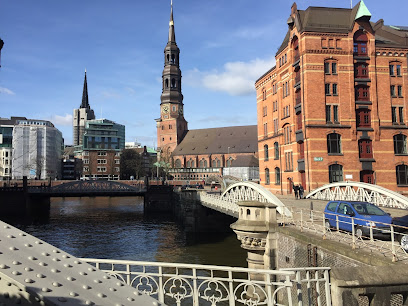
City of Hamburg Germany
0.9 km
Explore Hamburg: A vibrant metropolis where maritime history meets modern innovation, offering iconic landmarks, diverse culture, and unforgettable experiences.
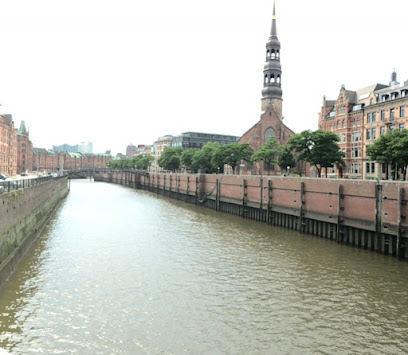
Unmissable attractions to see
Original Hamburg Walks
0.0 km
Uncover the beauty and history of Hamburg with guided tours that showcase the city's stunning architecture and vibrant culture.
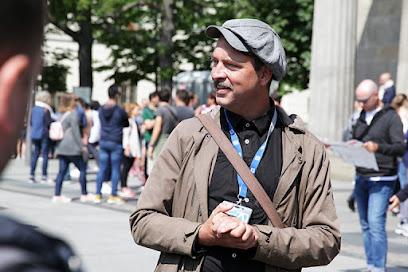
Gerhart-Hauptmann-Platz
0.1 km
Discover the vibrant atmosphere of Gerhart-Hauptmann-Platz, the heart of Hamburg, filled with culture, charm, and local delights.
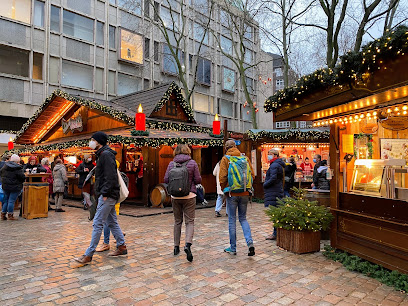
Gerhart Hauptmann Square
0.1 km
Experience the vibrant atmosphere of Gerhart Hauptmann Square, a cultural hub in Hamburg's heart with cafes, shops, and local charm.
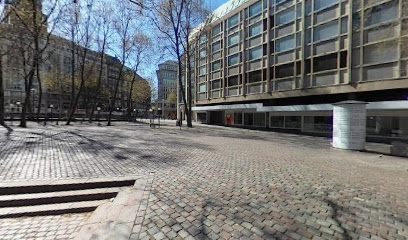
St. James' Church
0.1 km
Explore the rich history and stunning architecture of St. James' Church, a cultural gem in the heart of Hamburg's vibrant landscape.
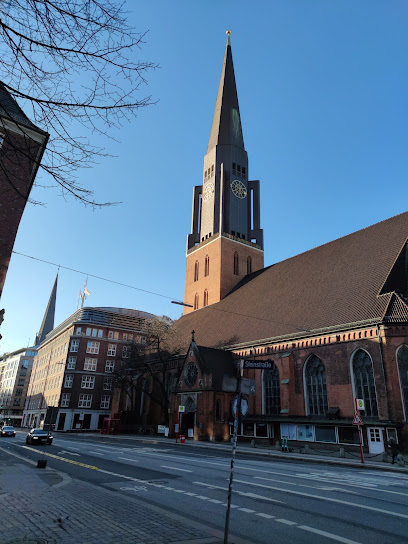
Thalia Theater
0.2 km
Discover the enchanting world of theatrical arts at Thalia Theater, Hamburg's cultural jewel, known for its innovative performances and rich history.

Bishop's Tower
0.2 km
Explore the historical essence of Hamburg at Bishop's Tower, a captivating landmark showcasing the city's rich heritage and stunning architecture.
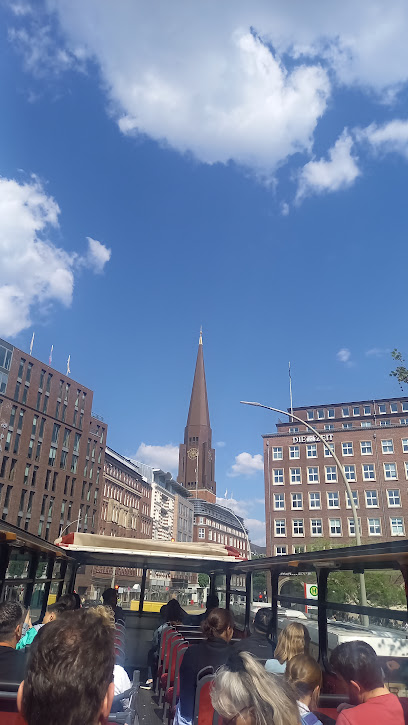
Südsee House
0.3 km
Explore the exquisite Süsee House, a historical landmark in Hamburg, showcasing architectural beauty and rich cultural heritage.
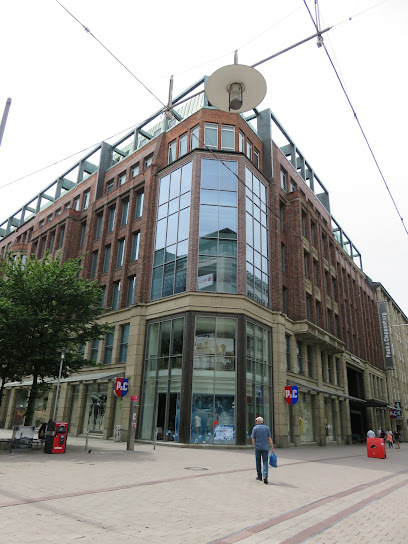
St. Peter's Church
0.3 km
Explore the grandeur of St. Peter's Church in Hamburg, a historic Protestant church with breathtaking architecture and stunning city views.
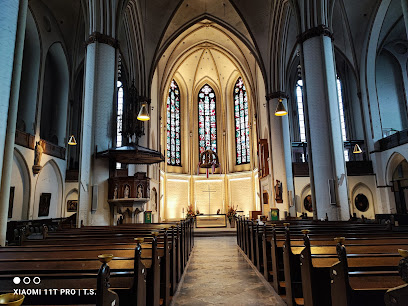
Hammaburg-Platz
0.3 km
Discover the historical essence of Hamburg at Hammaburg-Platz, where medieval roots meet vibrant urban life in a picturesque square.
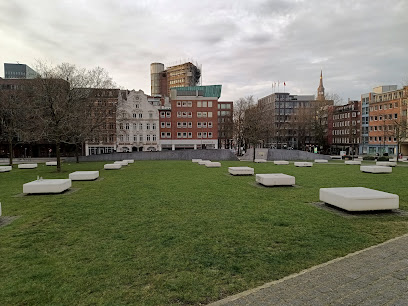
Domplatz
0.3 km
Explore Domplatz, Hamburg's historical market square, where culture, architecture, and community come together in a vibrant urban setting.
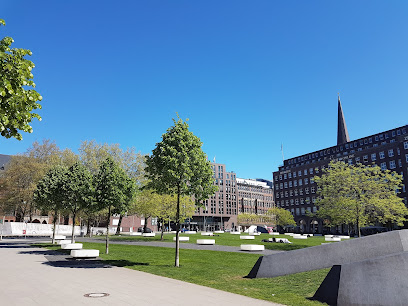
Sprinkenhof
0.3 km
Explore Sprinkenhof, a historical landmark in Hamburg, showcasing stunning brick expressionism and rich architectural heritage.

Chilehaus
0.4 km
Explore the stunning Chilehaus, a UNESCO World Heritage Site in Hamburg, showcasing exquisite Brick Expressionism and rich historical significance.
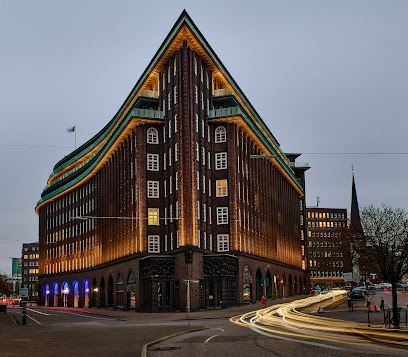
Chile House
0.4 km
Discover the architectural wonder of Chile House in Hamburg, a stunning example of Brick Expressionism and a historical landmark worth exploring.
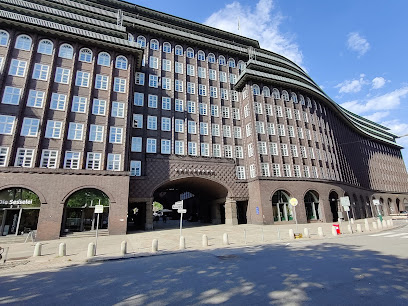
Chocoversum
0.4 km
Discover the sweet world of chocolate at Chocoversum, Hamburg's ultimate chocolate museum and immersive experience for all ages.
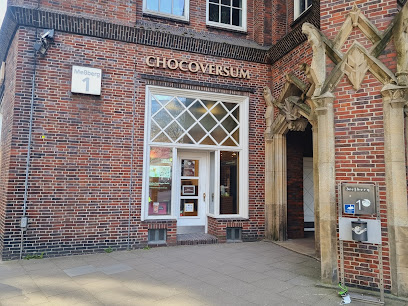
Messberghof
0.4 km
Explore the historical beauty of Messberghof, a heritage building in Hamburg showcasing stunning architecture and rich cultural experiences.
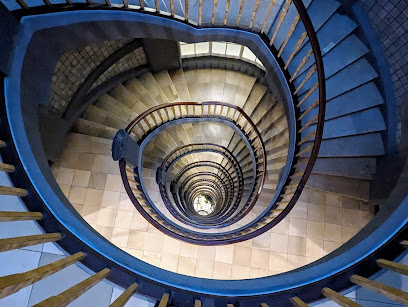
Essential places to dine
Tschebull Restaurant|Beisl|Bar
0.2 km
Discover authentic Austrian cuisine at Tschebull Restaurant in Hamburg - where tradition meets culinary excellence.
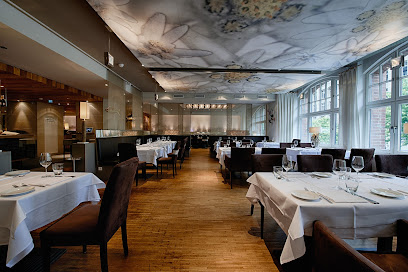
Erdapfel Hamburg
0.3 km
Discover Erdapfel Hamburg - a vibrant vegetarian and vegan restaurant offering fresh, local dishes in a cozy setting.
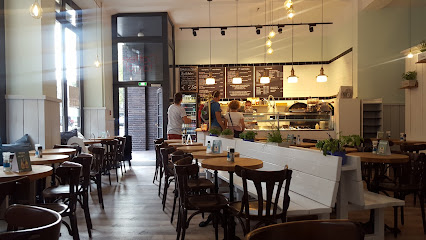
Restaurant Perle
0.3 km
Discover Hamburg's culinary treasure at Restaurant Perle, where local flavors meet modern elegance in every dish.
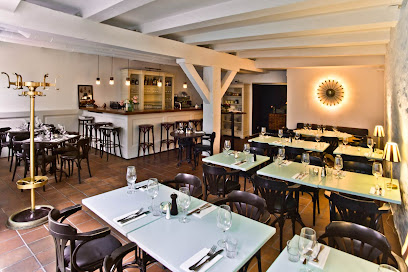
Restaurant Im Sprinkenhof
0.4 km
Experience authentic German cuisine at Restaurant Im Sprinkenhof in Hamburg – where tradition meets modern dining.
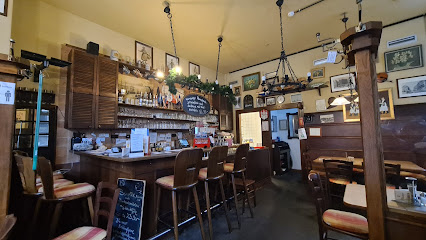
Restaurante Español Picasso
0.4 km
Experience authentic Spanish cuisine at Restaurante Español Picasso in Hamburg, where every dish tells a story from the Mediterranean.
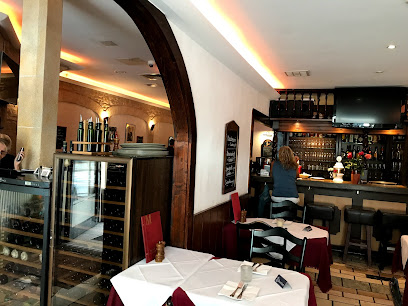
Wloka‘s
0.4 km
Savor authentic German Hausmannskost at Wloka's in Hamburg-Mitte - A must-visit for food lovers seeking traditional flavors.

Le Plat du Jour
0.5 km
Discover authentic French cuisine at Le Plat du Jour in Hamburg – where every dish tells a story of culinary excellence.
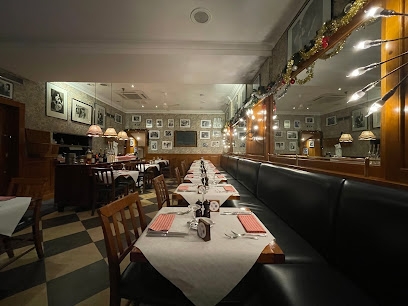
Restaurant Parlament Hamburg
0.5 km
Discover authentic German cuisine at Restaurant Parlament in Hamburg, where tradition meets modern dining in a historic setting.
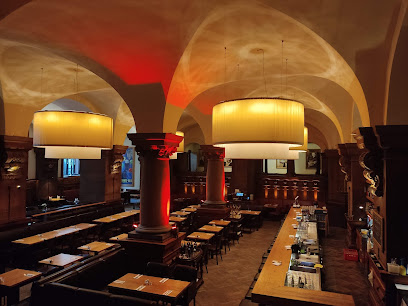
I Vigneri Osteria Enoteca
0.5 km
Experience authentic Marche cuisine at I Vigneri Osteria Enoteca in Hamburg, where exquisite dishes meet an extensive wine selection.
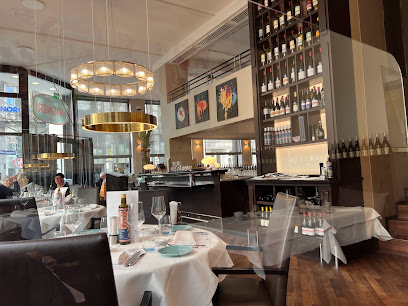
Kornhauskeller
0.6 km
Experience the best of Mediterranean and Middle Eastern cuisine at Kornhauskeller in Hamburg's vibrant bistro scene.
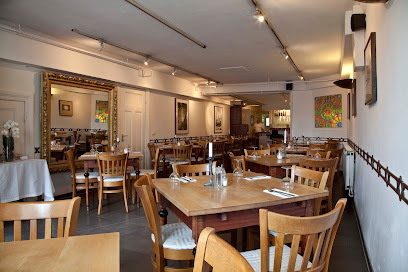
Royal Punjab - Indisches Restaurant - Hamburg
0.6 km
Experience authentic Indian cuisine at Royal Punjab in Hamburg - where vibrant flavors meet warm hospitality.
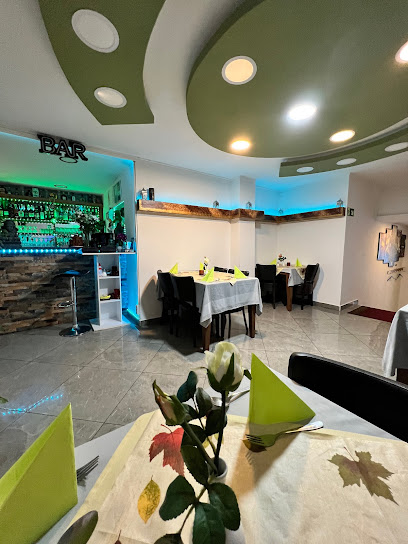
Schönes Leben Speicherstadt
0.7 km
Savor authentic German flavors at Schönes Leben Speicherstadt in Hamburg's historic warehouse district.
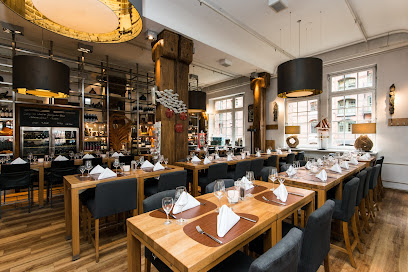
NIKKEI NINE
0.8 km
Experience a unique blend of Japanese and Peruvian cuisine at NIKKEI NINE in Hamburg, where every dish tells a story.
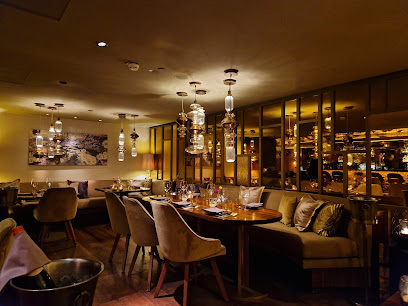
Haerlin Restaurant
0.8 km
Experience unparalleled fine dining at Haerlin Restaurant in Hamburg, where culinary artistry meets exceptional service in an elegant setting.

Restaurant Brook
0.8 km
Experience exquisite French and Mediterranean cuisine at Restaurant Brook in Hamburg – where every dish tells a story.
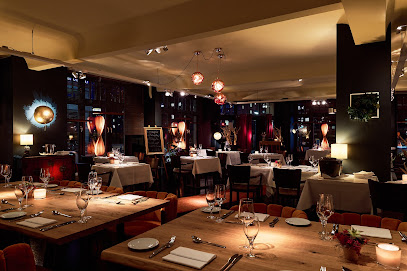
Markets, malls and hidden boutiques
Levantehaus
0.2 km
Discover the elegance of Levantehaus in Hamburg: a shopping mall offering luxury boutiques, diverse dining options, and a vibrant atmosphere.
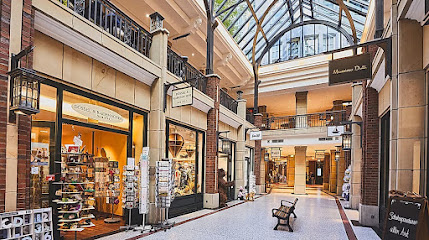
GALERIA Hamburg Mönckebergstraße
0.2 km
Discover the heart of shopping in Hamburg at GALERIA Hamburg Mönckebergstraße, where retail therapy meets vibrant city life.
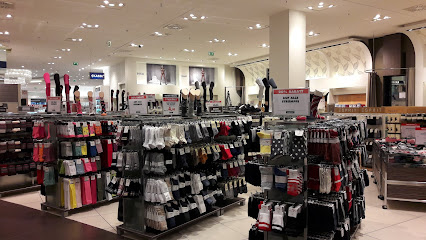
hessnatur Store Hamburg
0.3 km
Explore the hessnatur Store in Hamburg for sustainable fashion, offering stylish clothing and accessories for men, women, and children.
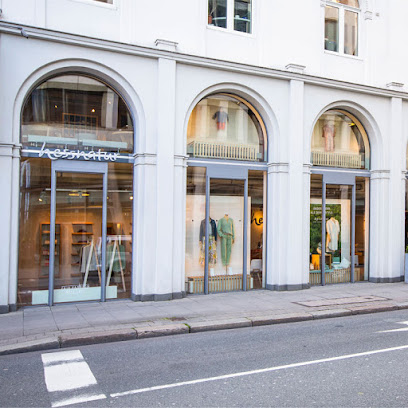
Vintage & Rags
0.3 km
Explore Vintage & Rags in Hamburg for a unique shopping experience filled with eclectic finds and sustainable fashion.
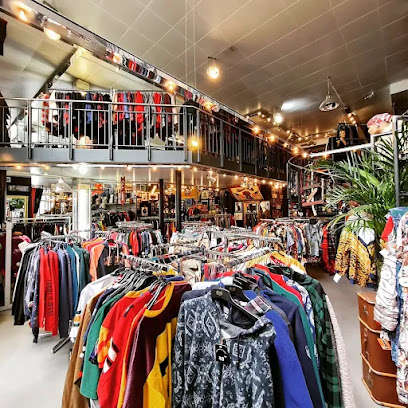
Elbenwald
0.3 km
Experience the magic of Elbenwald, Hamburg's ultimate destination for fantasy gifts, clothing, and collectibles for every fan.
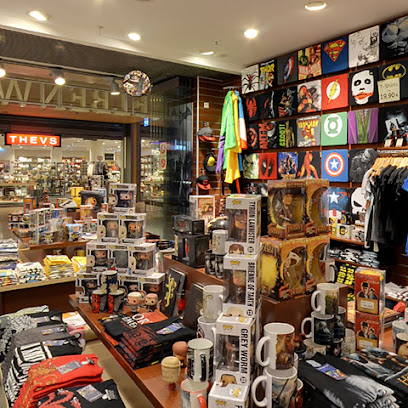
Europa Passage
0.4 km
Discover the vibrant shopping experience at Europa Passage in Hamburg, featuring over 120 stores and a variety of dining options.
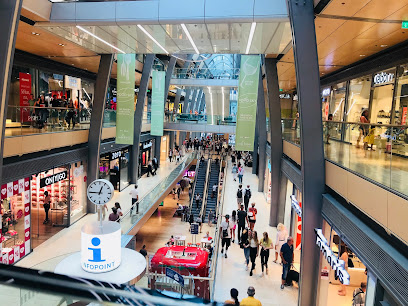
Wandelhalle Hamburg
0.5 km
Discover the vibrant shopping experience at Wandelhalle Hamburg, where modern retail meets cultural events in the heart of the city.
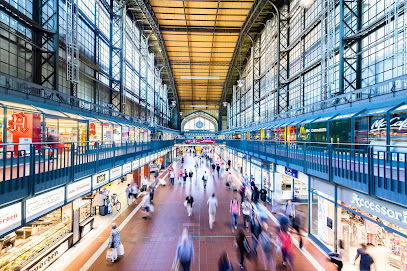
I Love Hamburg
0.5 km
Discover the spirit of Hamburg at I Love Hamburg Souvenir Store, offering unique keepsakes that capture the essence of your journey.

Kunsthaus Hamburg Shop
0.5 km
Explore the enchanting Kunsthaus Hamburg Shop for unique gifts, art books, and a cozy café experience in the heart of Hamburg.
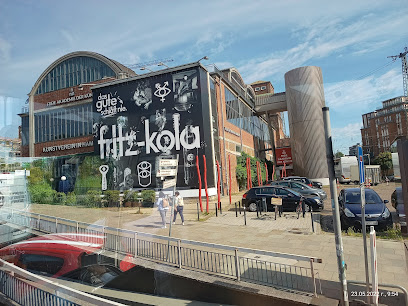
Alsterhaus
0.6 km
Discover the essence of luxury shopping at Alsterhaus, Hamburg's premier department store, offering fashion, fragrances, and fine dining experiences.
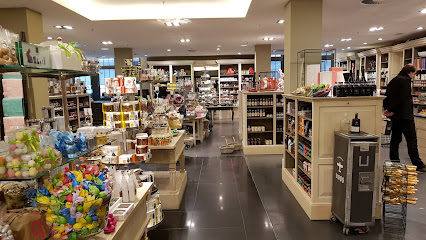
La plus belles rue
0.7 km
Explore Neuer Wall, Hamburg's luxurious shopping street, where high-end brands meet local craftsmanship in a picturesque setting.
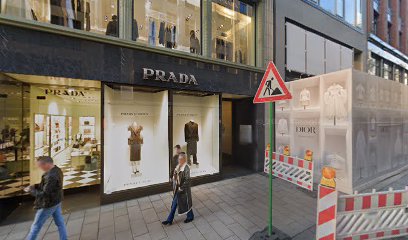
Modekontor Wortmann
0.7 km
Discover the latest trends at Modekontor Wortmann, Hamburg's premier clothing store, where style meets quality in a vibrant shopping experience.
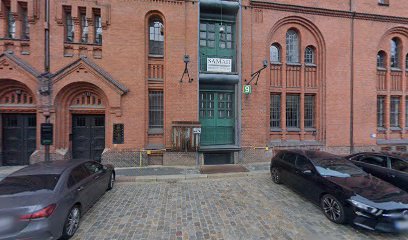
PRADA Hamburg Neuer Wall Store
0.7 km
Explore the elegance of PRADA at Neuer Wall in Hamburg, where luxury fashion meets sophisticated style in a stunning retail environment.
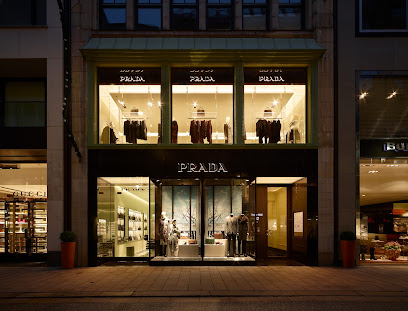
Der Nordische Stil
0.7 km
Explore Der Nordische Stil in Hamburg for exquisite Nordic gifts and fashion, showcasing the essence of Scandinavian design and craftsmanship.

C'N'C
0.7 km
Explore the latest fashion trends at C'N'C, Hamburg's chic clothing store on the stunning Jungfernstieg promenade.
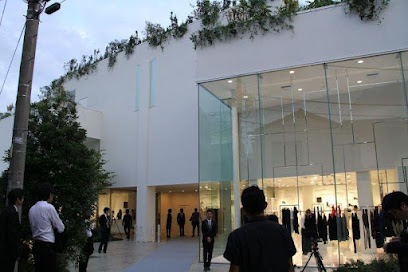
Essential bars & hidden hideouts
Liquid Garden - Cocktailbar
0.2 km
Discover Liquid Garden, Hamburg's vibrant cocktail bar where creativity and flavor blend for unforgettable nights and unique drinks.

Central Congress
0.3 km
Experience the trendy ambiance and innovative drinks at Central Congress, Hamburg's must-visit bar that caters to every night owl.
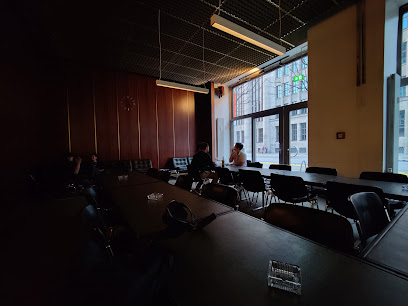
CIU` DIE BAR
0.4 km
Discover CIU` DIE BAR in Hamburg for innovative cocktails, a stylish atmosphere, and an unforgettable nightlife experience.
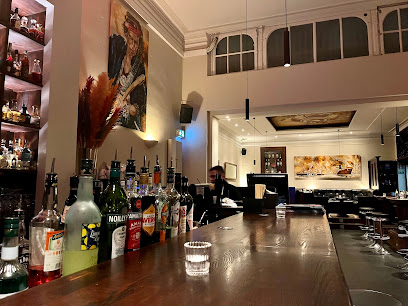
Gugu Bar
0.4 km
Experience the vibrant nightlife of Hamburg at Gugu Bar, where eclectic decor meets an extensive drink menu in a lively atmosphere.
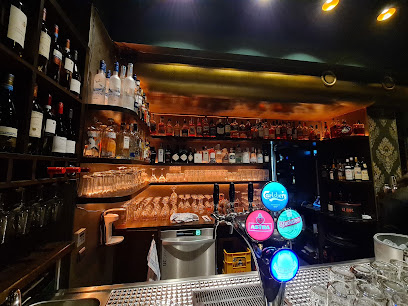
Le Lion • Bar de Paris
0.4 km
Discover the luxury of Le Lion • Bar de Paris, Hamburg's premier destination for exquisite cocktails and elegant ambiance.
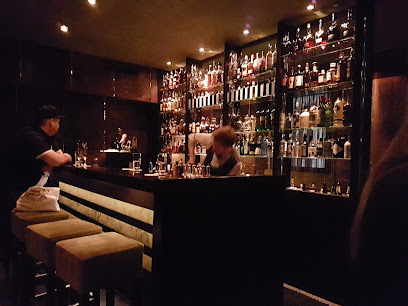
Paddy's Bar
0.5 km
Discover the vibrant atmosphere of Paddy's Bar, Hamburg's favorite Irish pub, offering hearty meals, a wide drink selection, and live music.
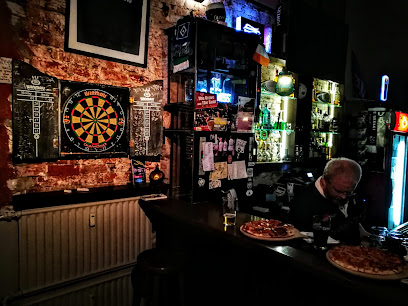
Ba Nomu | Bar
0.5 km
Discover Ba Nomu, Hamburg's cocktail haven, where creativity meets taste in a vibrant, stylish atmosphere perfect for unforgettable nights.
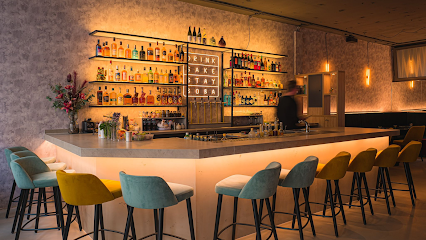
Irish Pub in the Fleetenkieker
0.6 km
Immerse yourself in the lively spirit of the Irish Pub in the Fleetenkieker, Hamburg, where great food, drinks, and live music await.
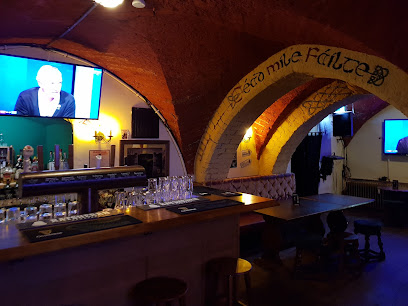
Ilohh - Die Bar am Ende der Welt
0.9 km
Discover Ilohh, Hamburg's vibrant bar offering a unique ambiance, delicious drinks, and a welcoming atmosphere for socializing and relaxation.
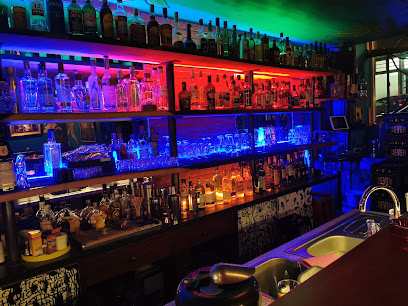
Kumpin
0.9 km
Discover Kumpin, Hamburg's chic bar offering a vibrant atmosphere, exquisite drinks, and a perfect spot to unwind after a day of exploring the city.
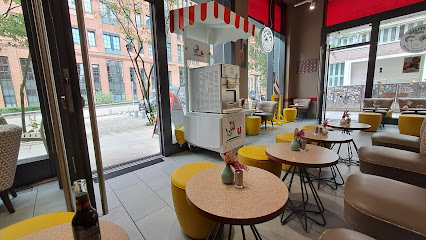
Club 20457
0.9 km
Experience Hamburg's vibrant nightlife at Club 20457, where art meets music in a lively bar setting.
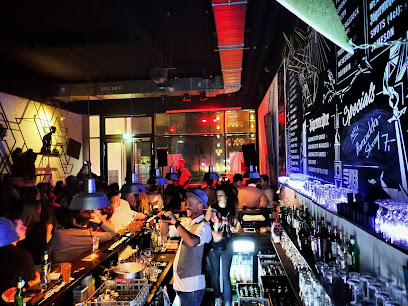
Three Fingers Bar
0.9 km
Experience the vibrant nightlife of Hamburg at Three Fingers Bar, where stunning waterfront views meet expertly crafted cocktails.
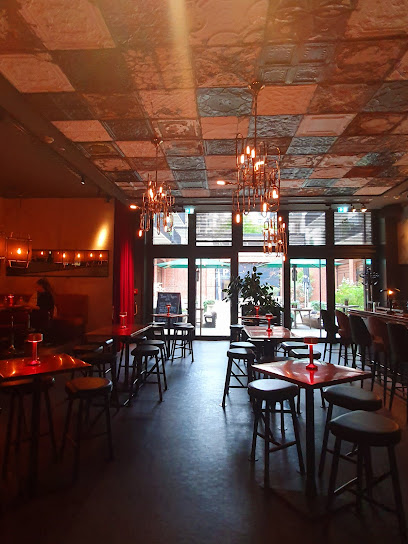
MOON 46
0.9 km
Discover the lively ambiance and exquisite cocktail selection at MOON 46, a must-visit bar in Hamburg's vibrant nightlife scene.
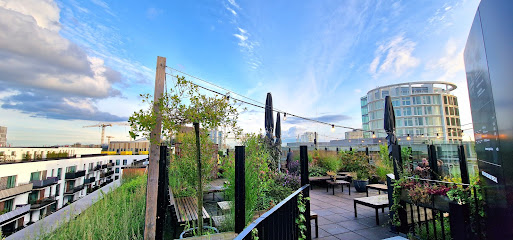
BAR11
1.0 km
Experience the vibrant nightlife of Hamburg at BAR11, where unique cocktails and a lively atmosphere await every visitor.
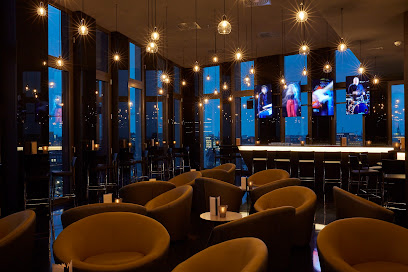
Meyer Lansky's
1.0 km
Discover the energetic spirit of Hamburg at Meyer Lansky's, where exquisite cocktails meet a lively atmosphere for an unforgettable night out.
